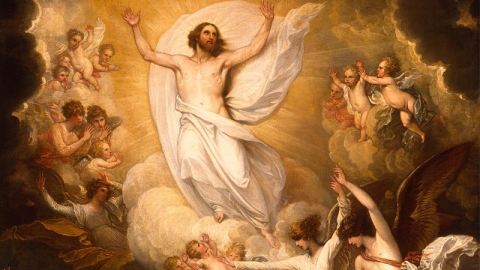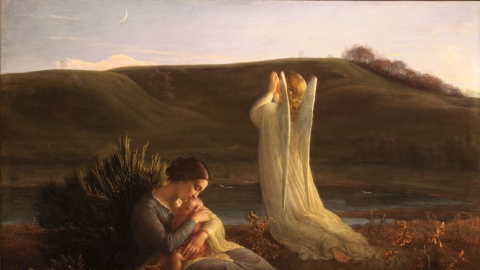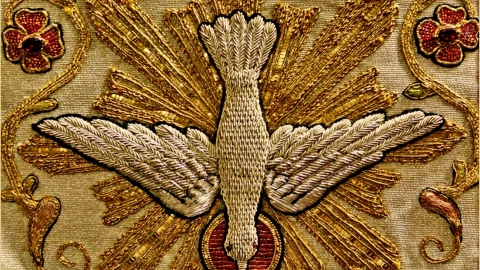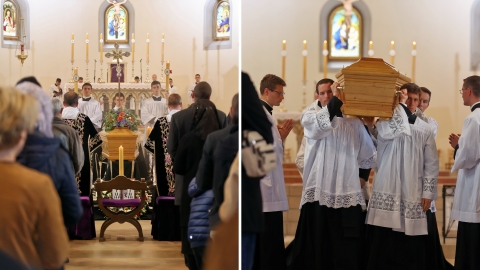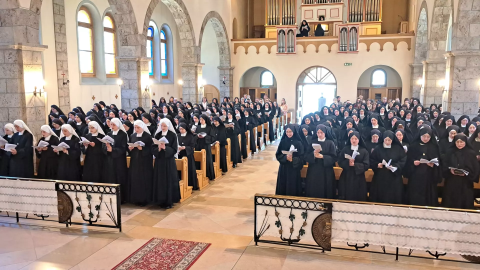Feast of Saint Mark and Procession of the Major Litanies
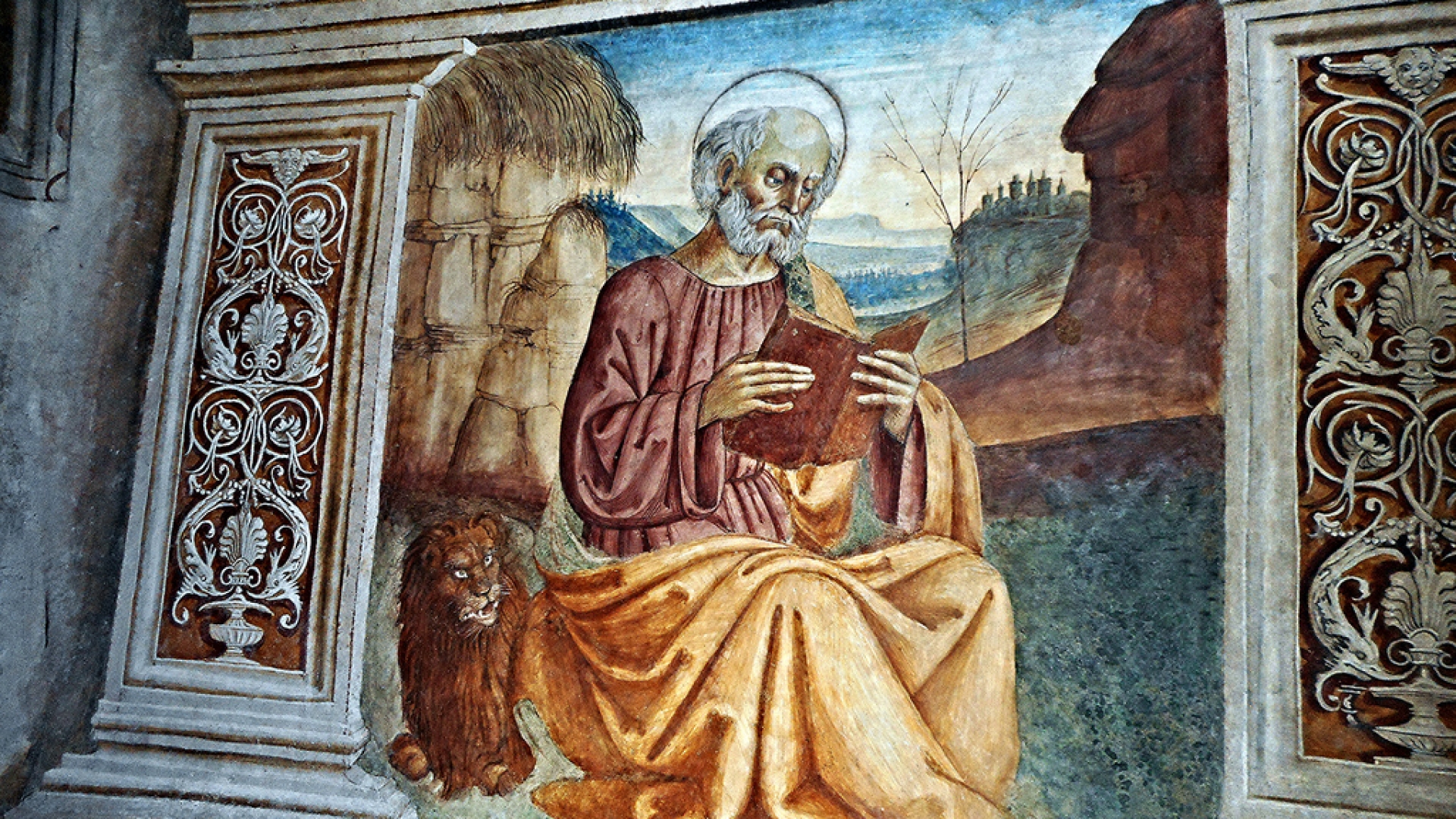
On April 25 of each year, the Catholic Church celebrates the Evangelist Saint Mark. Companion of Saint Peter, the first pope, whom he followed on several of his apostolic journeys, Saint Mark wrote the Gospel which bears his name, and founded one of the most ancient Christian communities, that of Alexandria, where he suffered martyrdom. It is also on this day that the Church performs in many places the procession of the major Litanies. Here are the explanations given by Dom Schuster (1880-1954), a famous liturgist who was to become cardinal and archbishop of Milan.
On this day there used to be celebrated at Rome the Robigalia, which were replaced in later days by the Christian procession that passed along the Via Flaminia to the Milvian bridge and from there to St. Peter’s. Consequently the feast of Mark the Evangelist was not regularly inserted in the Roman Calendar until about the 12th century.
This delay is all the more surprising because Mark was among the first heralds who, together with Peter, brought the glad tidings to Rome. Moreover, he wrote his Gospel in the Eternal City, at the request of the Romans themselves, and when, some time afterward, Paul suffered there his first imprisonment, Mark, together with Luke, gave him the same devoted help as he had given to the Prince of the Apostles.
The apparent anomaly is, however, easily explained. Originally, the liturgical commemorations of saints had merely a local and sepulchral character, being celebrated exclusively at their respective tombs. Therefore, as neither John, nor Luke, nor Mark, nor any other of the first companions of the Apostles, as far as we know, ended their days in Rome, so the Roman diptychs did not mark either their burial or their feast day. The medieval calendars of Rome are based fundamentally on these lists, thus their silence is explained.
In the first half of the fourth century, Pope Marcus erected a basilica near the portico in Pallacinis, which in course of time became known by the title of Evangelist whose name he bore. Several other churches were also called after St. Mark in the Middle Ages, like those de calcarario, another in macello, etc., but the magnificent Basilica of St. Mark was reknowned beyond all other because of it architectural beauty and the exceptional historical interest which it acquired.
On this day the Greater Litanies conclude with the stational Mass at St. Peter’s. The procession is, therefore, in no way related to the feast of St. Mark; so far is this from being the case that, when the feast is transferred to another day, the Greater Litanies are not likewise transferred. The only exception is for Easter Sunday; because if it should fall on April 25, the procession would then take place on the following Tuesday.
By the late Middle Ages all recollection of the Robigalia had entirely passed away in Rome, together with the traditional route of the classic procession of the Roman youth along the Via Flaminia. Therefore, the procession with the Litanies was accustomed to proceed from the Lateran to the Basilica of St. Mark, and thence toward St. Peter’s, this rule continuing in force until the latter half of the 19th century.
The antiphons and responsories of the Mass of St. Mark are taken from the Mass Protexisti, the Common of a Martyr at Eastertide; the Collects and the Lessons, however, are special to the day.
Collect: “O God, who by Thy grace didst raise up blessed Mark the Evangelist to be a preacher of the Gospel; grant, we beseech Thee, that we may both profit by his teaching and be defended by his prayers. Through our Lord.” (Collect of the Mass of April 25)
Cardinal Ildefonso Schuster, The Sacramentary (Liber sacramentorum), Historical & Liturgical Note on the Roman Missal, v. IV.
(Source : Dom Schuster - FSSPX.Actualités)
